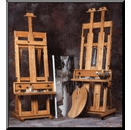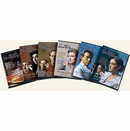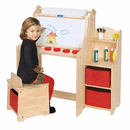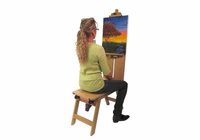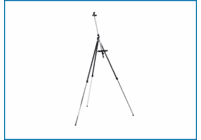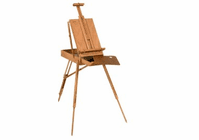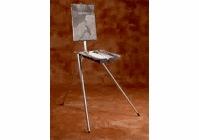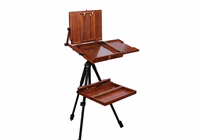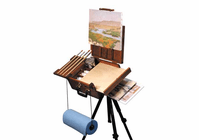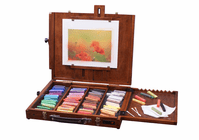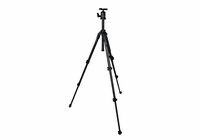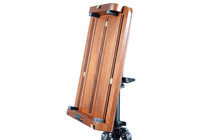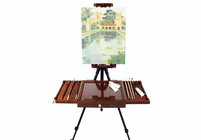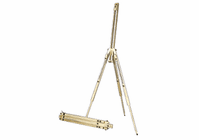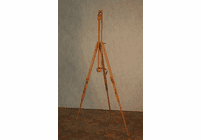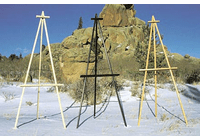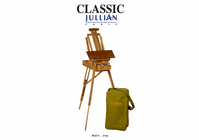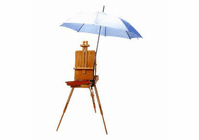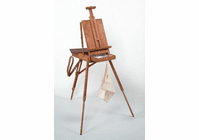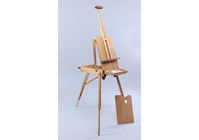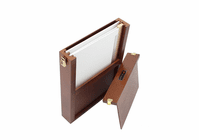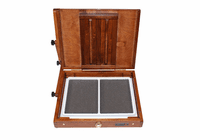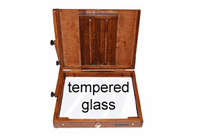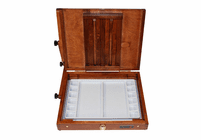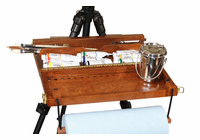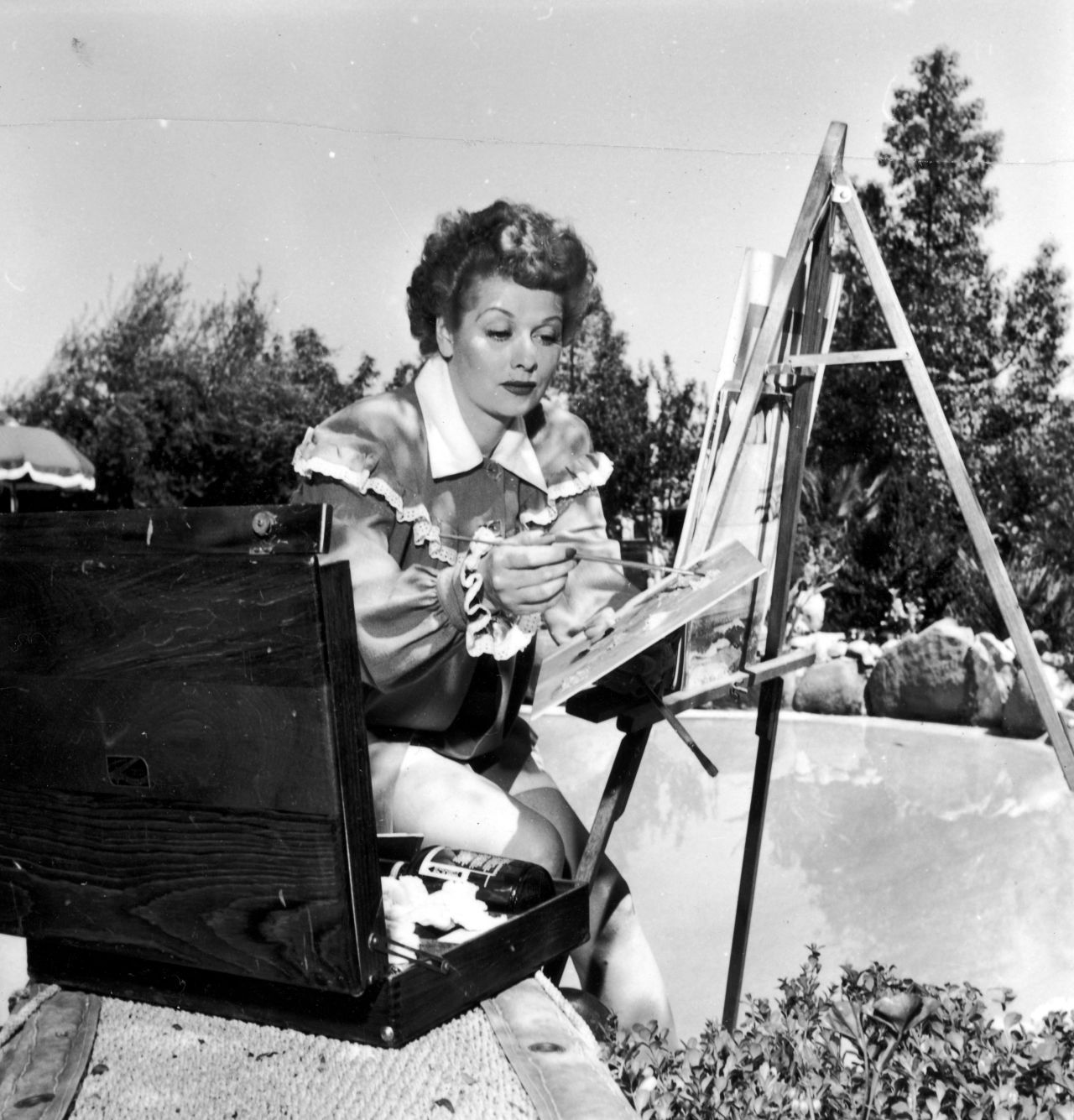Plein Air Easels

Loading zoom
When strolling through a park nowadays, you’ll oftentimes see the sidewalk lined with artists diligently painting their favorite subjects. However, painting en plein air (French for “in the open air”) was not always so common. In fact, it was positively revolutionary in the 1800s, when the Impressionists ventured into nature to capture the effects of sunlight and different lighting throughout the day on their subjects. Of this period, Claude Monet and Pierre-Auguste Renoir were well-known for their beautiful Plein Air paintings. Plein Air painting contributed to the stippled, dreamlike brush strokes characteristic of the Impressionist period, and now it is something that most artists venture to try at least once.
Tips for Plein Air Painting
• When painting en plein air, it is important to use a proper plein air easel. You will want an easel that is lightweight (for portability purposes) and easy to set up, but that will not get blown over in the wind. Some Plein Air painting easels have compartments in which you can store your supplies, and others have compartments that expand to create a workspace.
• Be sure to dress in layers for the weather. You do not want discomfort to breach your flow of creativity. Don’t forget to wear UV protection on sunny days.
• Unless you’re inconceivably fast, you’ll likely be painting for several hours or, on occasion, several days during which the light will change throughout the day. Consider expanding your project to include a series of paintings capturing the effects of different lighting. As the day wares on, switch your canvases.
Tips for Plein Air Painting
• When painting en plein air, it is important to use a proper plein air easel. You will want an easel that is lightweight (for portability purposes) and easy to set up, but that will not get blown over in the wind. Some Plein Air painting easels have compartments in which you can store your supplies, and others have compartments that expand to create a workspace.
• Be sure to dress in layers for the weather. You do not want discomfort to breach your flow of creativity. Don’t forget to wear UV protection on sunny days.
• Unless you’re inconceivably fast, you’ll likely be painting for several hours or, on occasion, several days during which the light will change throughout the day. Consider expanding your project to include a series of paintings capturing the effects of different lighting. As the day wares on, switch your canvases.
Copyright © 2002-2025 Madison Art Shop™ LLC. All Rights Reserved.


